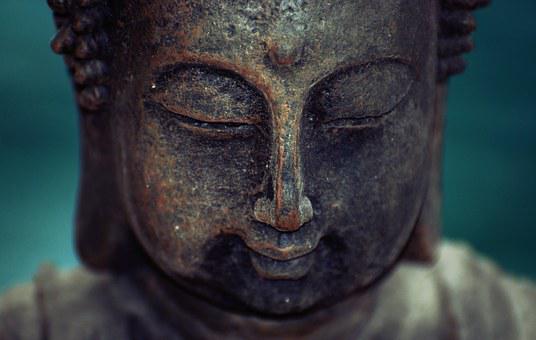The afternoon light, which falls grazing on the rough stone of the walls from a high window, lights up splashes of color. These are the flowers that bloom in Andrea Silicati’s paintings: they make up the personal exhibition that was inaugurated yesterday at the monastery of Fonte Avellana. The site, unusual for an art exhibition, is perfectly suited for this series of paintings, which make up “Humus”. A title, which suggests the passage between death and life, between light and dark.
The place of spirituality
The artist from Jesi has chosen them in his production from 2009 to today: they evoke the power of nature that renews itself, of life that triumphs over death, of the soul which, an impalpable ghost, is light and energy, color of the body. And where could these paintings have spoken with such force, if not in a place of spirituality like this monastery has been for centuries? Here, the vegetation crowds vigorously around the sober and staid walls of the monastic complex, the green shines in competition with the blue of the sky above. And inside, in the half-light of the room that flanks the basilica, in the eighteenth-century wing, here are the red and blue flowers, which Silicati revives on Japanese paper, spreading the acrylic color on traces of drawings several times.
They look like archaic graffiti, the stems and leaves that come out of hinted forms: if you look closely, you can see the profiles and the empty dark circles of skulls calcined by time, the remains of ancient burials, from which nature rises, as from humus of age-old sedimentations. “I can’t talk about death without talking about life. In the paintings the limit between these two worlds is not so clear, one fades into the other and vice versa », repeats Andrea Silicati, as recalls Gabriele Bevilacqua, curator of the exhibition, in his critical note. And it is the latter, in commenting on “Humus”, to refer to “Vanitas”, the genre, typical of the Flemish seventeenth century, in which in the still lifes a skull evoked human transience.
But in these paintings, where a flower, a plant branch lights up even when it is painted in black, a negation of color, the sense of the inevitable end is contrasted, exorcised by the imperious and at the same time gentle burst of the shape of the petals, by the sinuous winding of branches. As usual, in Silicati’s works life takes back its inescapable, cyclical space. And it gives us back a dramatic vision but full of hope, of trust in regeneration, in that energy, at times incomprehensible, with which everything passes and everything is recreated.
The artist works on the white page spread horizontally on the frame; he superimposes on the skilful drawing, several times, spots of color, which spread and thicken, until his hand dilutes, with water or solvent, the outlines, which become blurred, irregular, frayed, like flames hit by a air flow. And in this timeless room of the most evocative monastery in the Marches, nestled between mountains, the visitor recognizes in the Silicati flowers his own mood, as a pilgrim who has left the noises and smells of his time for a morning to let himself be enveloped by the vivifying atmosphere of Fonte Avellana. Until July 31st.

